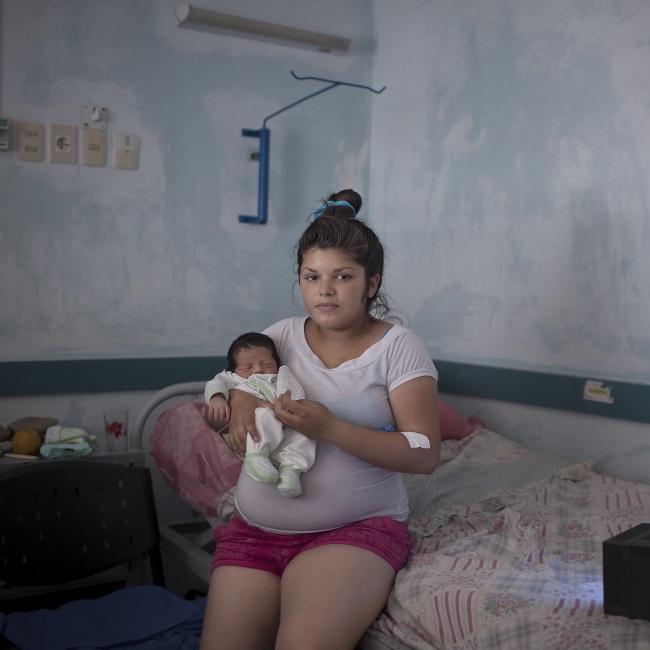¿Cómo son las “teen mom” latinoamericanas?

América Latina y El Caribe es la segunda región con mayor fecundidad adolescente en el mundo después de África, según estudios publicados por Unicef. Aquí una de cada tres jóvenes es madre antes de cumplir 20 años.
Los países con mayores tasas de embarazo adolescente son:
- Nicaragua 28%
- Honduras 26%
- República Dominicana 25%
- Guatemala y El Salvador 24%
- Ecuador 21%
- Bolivia y Colombia 20%
Las cifras en los últimos años no solo se han mantenido, sino que han ido aumentado. Con estas cifras, aunque alarmantes, es difícil imaginar lo que miles de adolescentes viven a diario. Sin embargo el fotógrafo Uruguayo Cristian Rodríguez ha hecho un gran trabajo para mostrar las caras de esta problematica.
Este trabajo fue dado a conocer masivamente el pasado sábado, cuando se le otorgó el Getty Images Instagram Grant con el que recibirá una subvención de US$10 mil y su trabajo será exhibido en Photoville, ubicado en Nueva York, hasta el 25 de septiembre.
En la página del premio, Cristian habla de Instagram como una plataforma que le permite más libertad creativa, donde puede explorar lo visual y lo emocional.
Cristian es un fotógrafo documental interesado en explorar el género y la identidad y cómo estas cuestiones tienen un enorme impacto en las comunidades. Es hijo de una madre soltera, fue criado por su abuela y su hermana fue madre a la edad de 16 años. Su trabajo se ha centrado en mujeres.










Sin comentarios